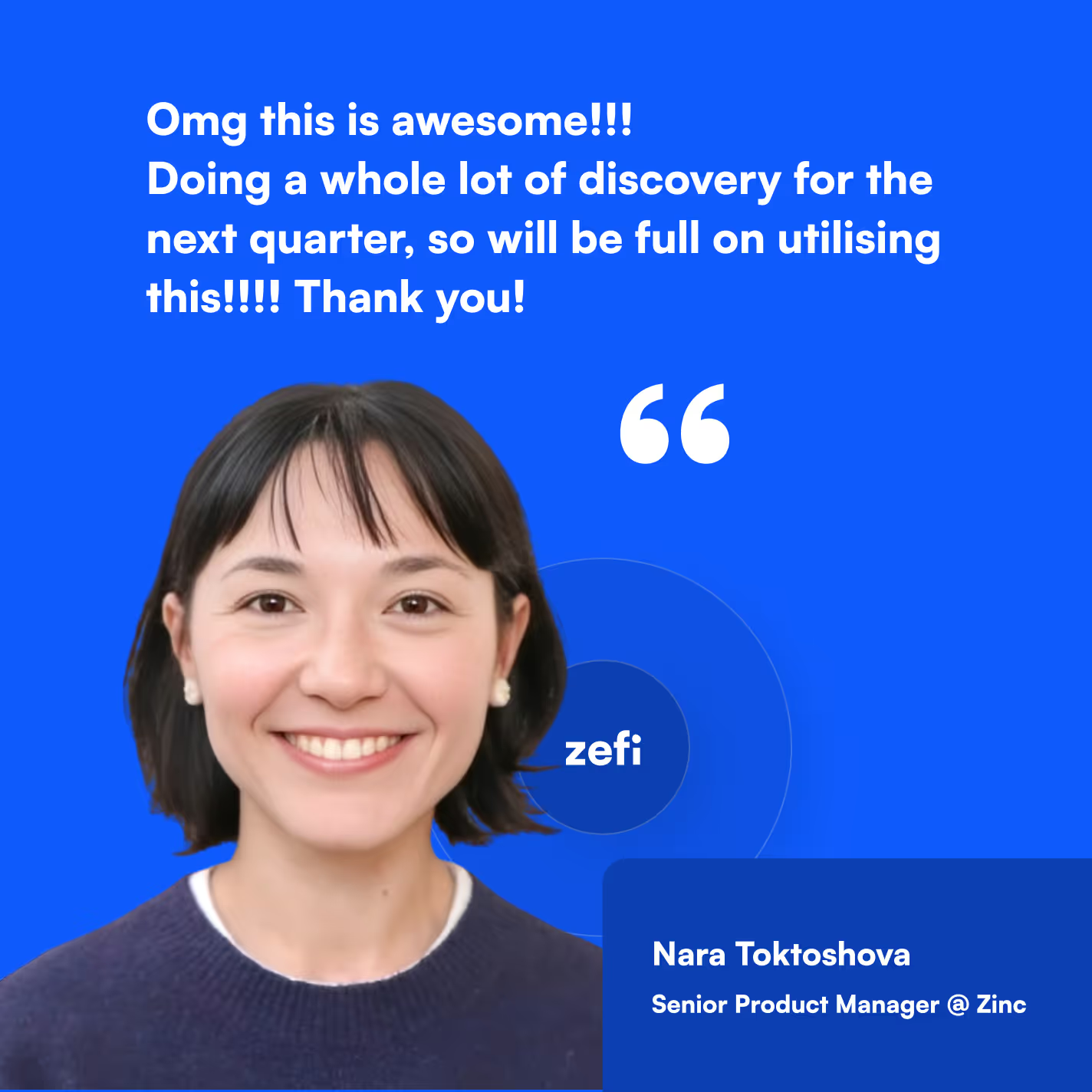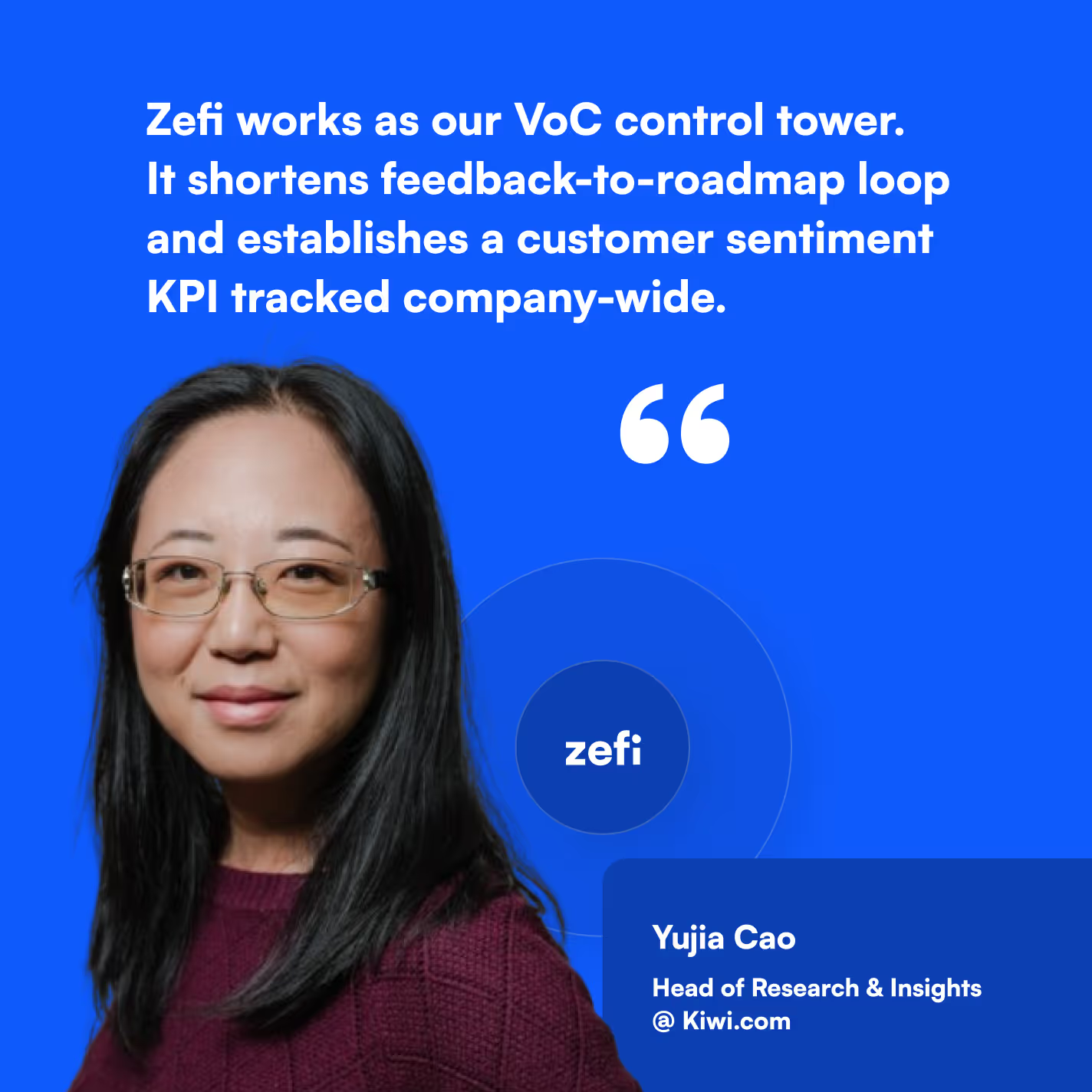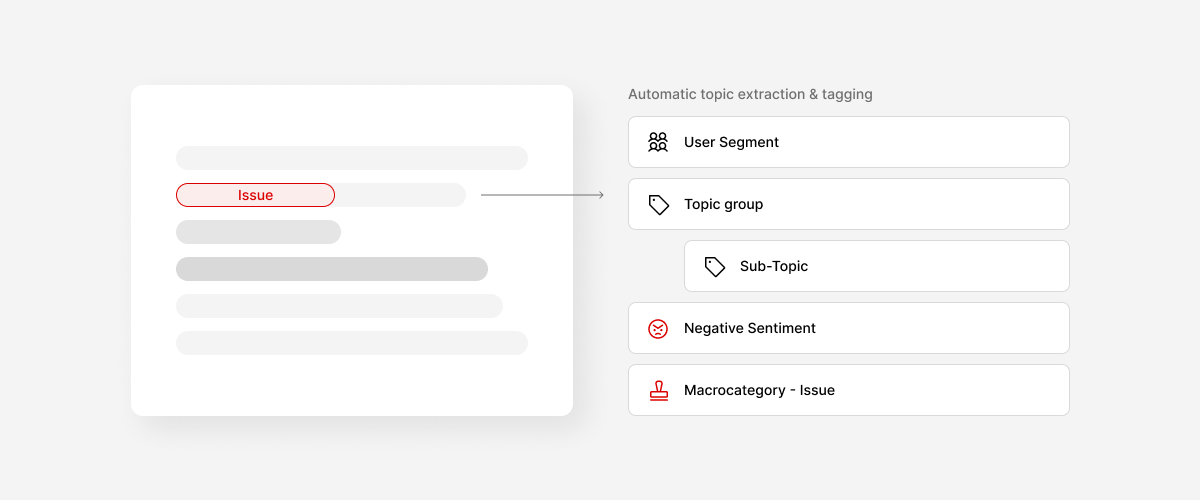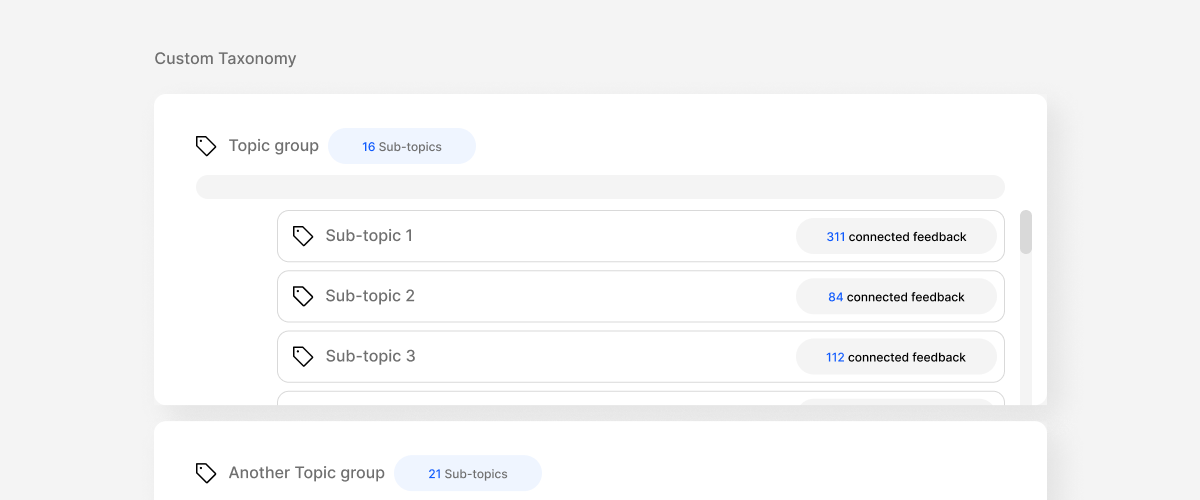Prioritization: The Compass of Product Management
In the world of product management, making tough choices is par for the course. With limited resources and endless possibilities, prioritization becomes the guiding light. It's the systematic process of deciding which features and tasks deserve immediate attention, considering their value, cost, complexity, and overall impact.
Why Prioritize?
Without effective prioritization, product teams risk:
- Wasting resources: Focusing on features or tasks with minimal value to customers or the business.
- Missing the mark: Failing to deliver on key objectives and customer needs.
- Inefficient resource allocation: Spreading resources too thin, hindering progress.
The Prioritization Process in 5 Steps:
- Define the Objectives: Start with a clear understanding of your product's goals and the value it aims to deliver to both customers and the business.
- Identify the Tasks: Compile a comprehensive list of all tasks required to achieve the defined objectives.
- Evaluate the Tasks: Analyze each task through multiple lenses:
- Value: How much does it benefit the customer and the business?
- Complexity: How difficult and time-consuming is it to complete?
- Impact: What are the potential consequences of including or excluding it?
- Rank and Prioritize: Based on the evaluation, assign a rank to each task, with the most critical and impactful ones receiving the highest priority.
- Re-Evaluate and Adjust: Prioritization is a continuous exercise. Regularly review and adapt your priorities as customer needs and business goals evolve.
Beyond the Basics:
Product managers leverage various strategies to ensure data-driven prioritization and gain stakeholder alignment:
- RICE Scoring: This technique assigns scores based on Reach, Impact, Confidence, and Effort, helping identify features with the most significant impact requiring the least effort.
- Kano Model: This framework categorizes features based on customer satisfaction, highlighting essential features and those offering minimal value.
- Value vs. Effort: This approach prioritizes features based on their user value and development complexity, allowing teams to focus on high-value features that are feasible to build.
Prioritization: A Lifelong Journey
While initial prioritization sets the direction, it's an ongoing process throughout the product lifecycle. Product managers must continuously gather feedback from customers and stay attuned to evolving business priorities, adapting their prioritization strategy accordingly. By embracing this dynamic approach, product teams can navigate the ever-changing landscape, ensuring they consistently deliver the most valuable products possible.



































